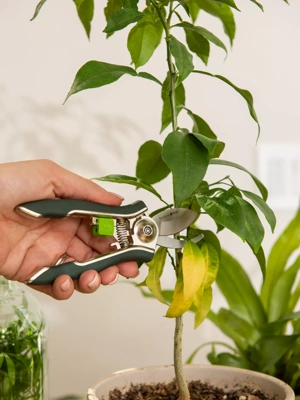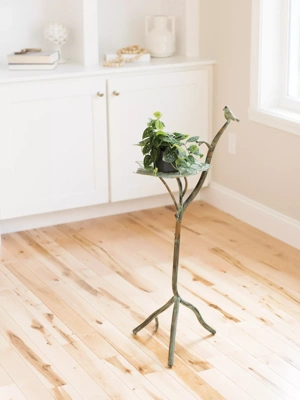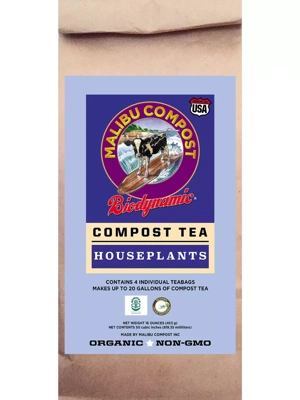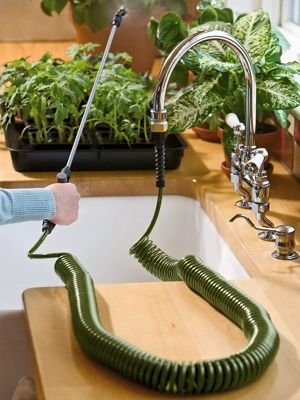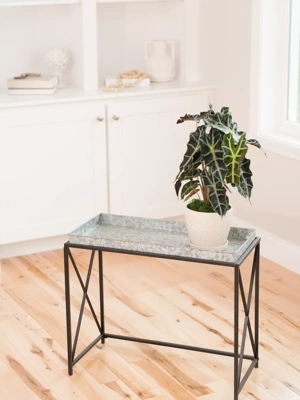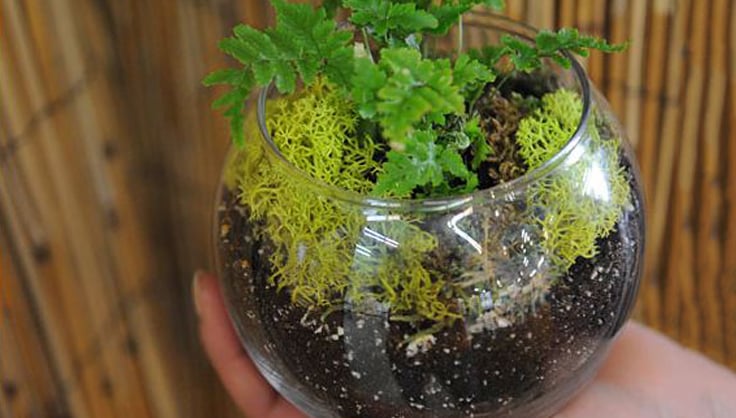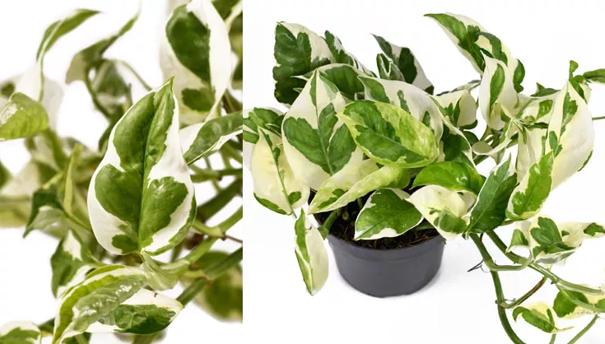How to Care for a Clivia

Recommended Types
The most common type is Clivia miniata, known for its bright orange flowers. For something different, consider Clivia miniata var. citrina with its yellow blooms or the rarer Clivia nobilis with red and yellow flowers.
How to Care for Clivia
Whether you're a seasoned gardener or just starting out, caring for Clivia can be a rewarding experience. Here’s a handy guide to help you keep your Clivia thriving:
Light
Clivia enjoys bright, indirect light. Avoid direct sunlight, especially during the harsh midday hours, as it can scorch the leaves.
Soil
They prefer well-draining soil with good organic content. A mix of potting soil, peat, and perlite or coarse sand works well.
Fertilizing
Feed your Clivia with a balanced, slow-release fertilizer in spring and summer. During the flowering period, you can switch to a high-phosphorus fertilizer to encourage blooming.
Watering
Water when the top inch of soil feels dry. Clivia prefers to be on the drier side, so be careful not to overwater. Reduce watering in winter when the plant is dormant.
Pruning
Pruning isn't usually necessary, but you can remove any dead or yellowing leaves to keep the plant looking tidy.
Repotting
Clivia should be repotted every 3-4 years or when they become pot-bound. Choose a pot that’s only slightly larger than the current one.
Propagation
Propagate Clivia by dividing the offsets (baby plants) from the main plant during repotting. Plant each offset in its own pot with well-draining soil.
Common Problems with Clivia
Clivia is quite hardy but can encounter some issues:
Pests and Diseases
Keep an eye out for mealybugs and scale insects. Treat any infestations with insecticidal soap or neem oil.
Toxicity
Clivia is toxic to pets and humans if ingested, so keep it out of reach of curious animals and children.
Clivia FAQs
How do I get my Clivia to bloom?
To encourage blooming, provide a period of cooler temperatures (about 50°F) in the winter and reduce watering. This mimics their natural dormant period.
Why are the leaves of my Clivia turning yellow?
Yellow leaves can be a sign of overwatering or poor drainage. Let the soil dry out between waterings and ensure your pot has good drainage.
Can Clivia grow in low light?
Clivia can tolerate low light, but they bloom best in bright, indirect light. In very low light, you may see fewer flowers.
Clivia is a wonderful, low-maintenance plant that brings a vibrant burst of color to your home or garden. Their easy-care nature makes them ideal for gardeners of all levels. By following these simple care tips, you can enjoy the lush foliage and stunning blooms of Clivia throughout the year.
Last updated: 05/06/2024
Print this Article:
Related items
Related Articles
Get the Dirt
Stay up to date on new articles and advice. Please fill out the information below.


